Nothing beats the aroma, nutty flavor, and smooth finish of an expertly crafted demitasse of espresso. But getting there is a challenge, requiring a balance of fine grounds, careful preparation, and perfect timing. This article will outline the three most important steps for making the most of your fresh grounds – focusing mainly on proper distribution.
Remember that consistency is vital. Nobody likes the watery and bitter taste left by channeling, so good distribution is critical. If you pair it with even tamping, the whole puck will draw water evenly, yielding a balanced flavor and delightful mouthfeel.
Start with Clean Equipment
Before worrying about distribution, tamping, or any other mechanics, ensure your equipment is spotless. Any residue in the portafilter and basket can corrupt the flavor of a new cup, and let's face it; old coffee is gross. So keep everything as clean as possible – the espresso machine, grinder, basket, and portafilter. The effort is worth it.
There’s No Good Espresso Without Even Distribution
If you want to make the perfect cup of espresso, even distribution is non-negotiable. When the water is evenly distributed across the puck, it extracts the right amount of soluble minerals and compounds from every inch of the coffee bed. This results in a balanced, flavorful, and lingering finish that will have you coming back for more. So make sure to prep your grounds properly, distribute them evenly, and enjoy the perfect brew.
On the other hand, poor distribution leads to channeling, when water flows through some parts of the puck more quickly than others. This causes the water to extract too many compounds from certain areas (including some that don't taste so good) and too few from others (leaving desirable flavors still locked in the grounds). The result? Bitter, acidic, and water espresso.
Fortunately, there is a variety of tools to help you with the distribution.

Distribution Tools Are Here to Help
Distribution tools help you evenly distribute coffee grounds in a portafilter. They are generally cleaner and more effective than fingers or just knocking the portafilter against a countertop. Distribution tools (also called coffee levelers) come in various configurations, each with advantages.
Tradeoff: Speed Versus Quality
One of the simplest and most common espresso distribution tools is the espresso leveler. It is a round disk with three fins that you put on top of the espresso grounds, turning it to create an even surface. It's quick, easy, and super convenient in a café churning out hundreds of espressos daily.
Unfortunately, the espresso leveler is not infallible. It leaves an even surface but doesn't always break up the clumps lower down in the puck. Furthermore, it may leave other parts less dense. Both outcomes can lead to channeling. Therefore, many baristas prefer a WDT tool.
WDT Tools Are Thorough Distributors
The Weiss Distribution Technique (WDT), an innovative method pioneered by John Weiss, involves stirring coffee grounds with needles to break apart any clumps caused by the grinder. This action effectively reduces channeling, resulting in a more even extraction. Despite its effectiveness, the WDT is time-consuming, which may discourage adoption in busy cafés where time is of the essence.
For almost everyone, investing in WDT tools is a smart choice. These tools are highly effective in evenly distributing espresso grounds.
Most Distribution Tools Are Simple to Use
A WDT stirring tool is the easiest way to distribute coffee grounds evenly in a portafilter. Using it is simple. Just put it in the portafilter and move it around in circles until the grounds are evenly distributed! The needles are safe and will not damage the basket. If you get too enthusiastic with the stirring motion, the grounds can get all over the counter, so consider using a dosing ring to keep things contained.
Tamping Ensures the Right Amount of Pressure
After a smooth distribution, tamping compacts the grounds into a cake or puck in the portafilter. The tool is called a tamper, and the process increases the pressure necessary to force the water through the grounds. The result is an even flow through a well-distributed puck that extracts just the right amount of compounds from the coffee grounds. Essentially, the tamping ensures no air pockets are lurking in the puck, waiting to ruin the savor of your perfect espresso.
Tampers Are Ubiquitous Tools for Every Cafe
Tampers are simple tools consisting of a flat, stainless steel base and a handle. Just make sure to get a tamper that fits your portafilter correctly. If you don’t, the compaction will be uneven and cause more channeling. So do some homework to ensure you get the right size for an even tamp.
Use a Firm Hand for Best Results
While tamping is not a highly technical process, there is a proper form that yields the most even tamp. First, your wrist should be unbent, leaving your hand in line with your arm. This provides stability. From there, put the tamper on the espresso grounds and apply firm pressure, keeping it level. You will know to stop when it becomes pretty challenging to compact the grounds further.
Compaction Is Key
According to many experienced baristas, 30lbs of pressure is the sweet spot. However, you do not need to measure precisely. Once the air bubbles are gone, and if the compaction is even, more pressure won’t do anything. As our Guide to Making Espresso said, higher pressure in the tamping phase does not equate to higher pressure while brewing.
Now, while it’s not really possible to over-tamp your grounds, under-tamping is a danger – make sure you don’t neglect it! If you do, the water will flow through the puck too quickly, and you’ll be stuck with under-extracted espresso.
With the Right Set of Clean Tools, You’re Ready to Go!
Ideal extraction. It might seem like a difficult ask to inexperienced baristas and home-kitchen brewers. However, practice makes perfect, and we’ve covered the three most important aspects of getting that excellent cup of espresso. Cleaning your equipment, ensuring you have the right tools, and employing the proper technique will lead you to success. So now that our work’s done, we’ll let you go practice. Besides, we’ve got our own cups to enjoy. A presto!
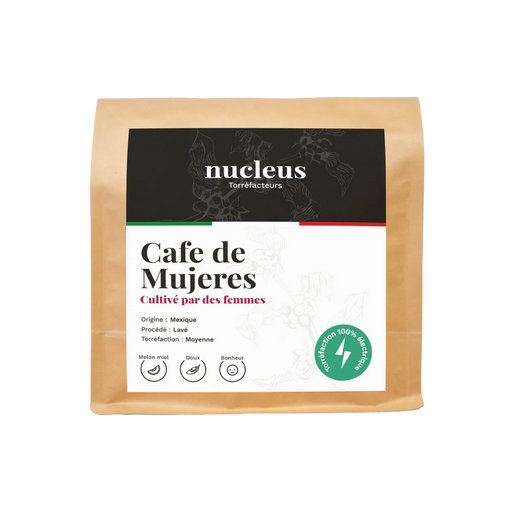

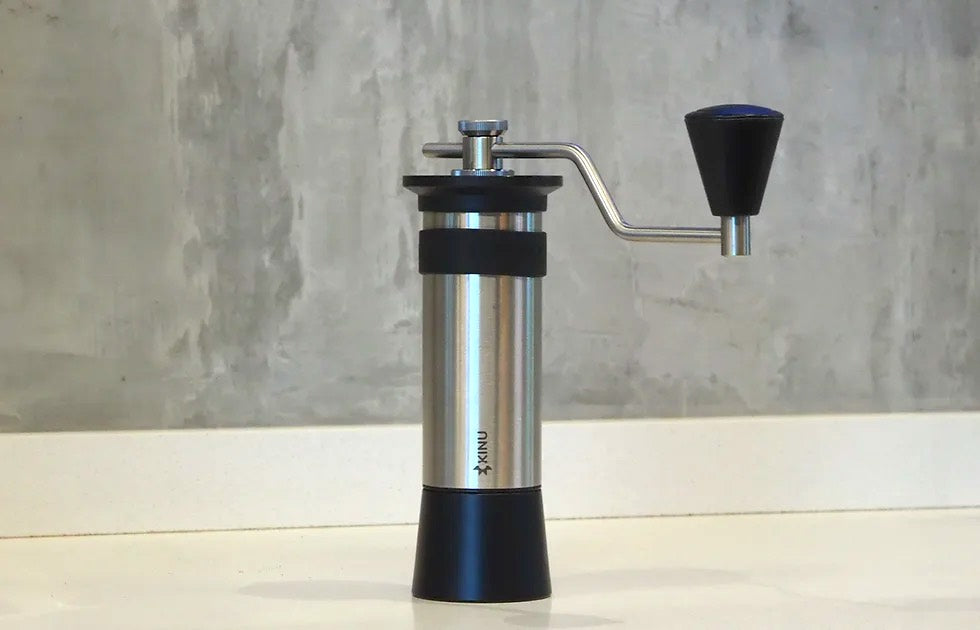




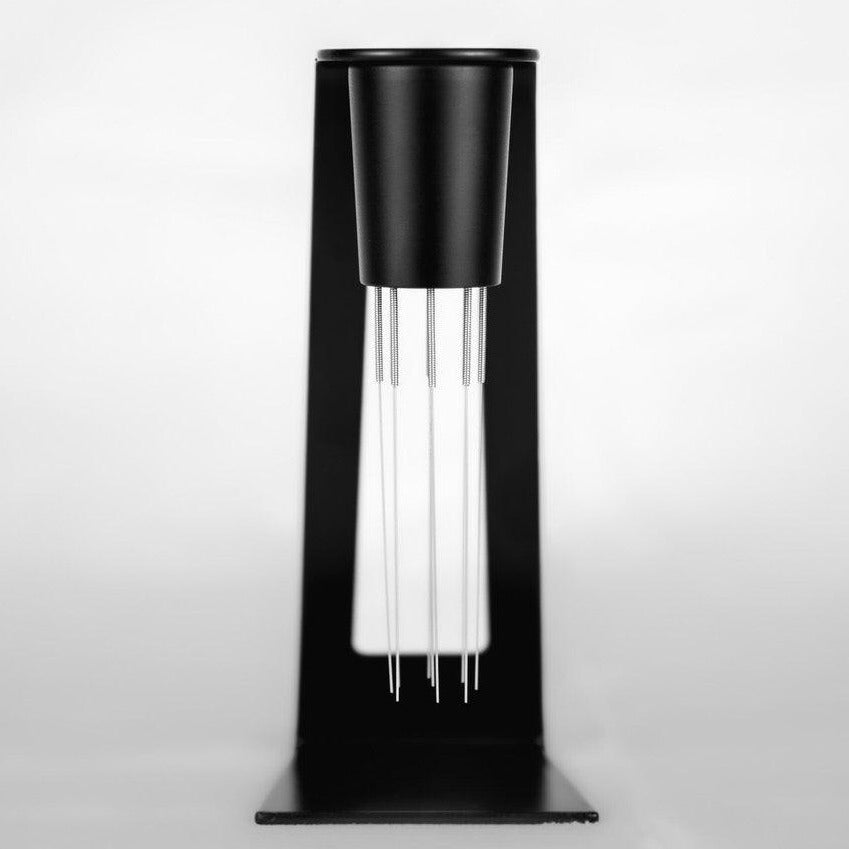

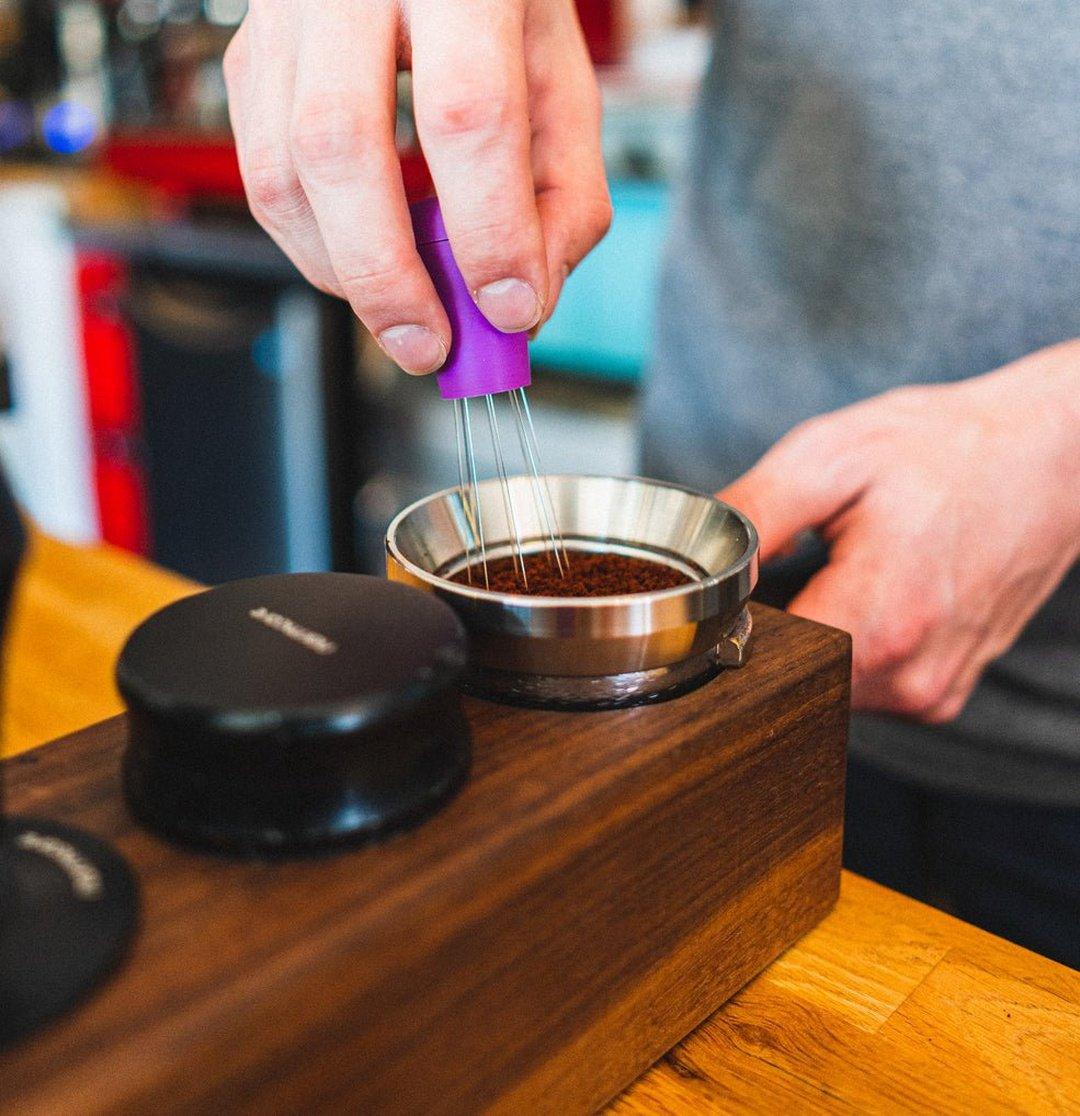



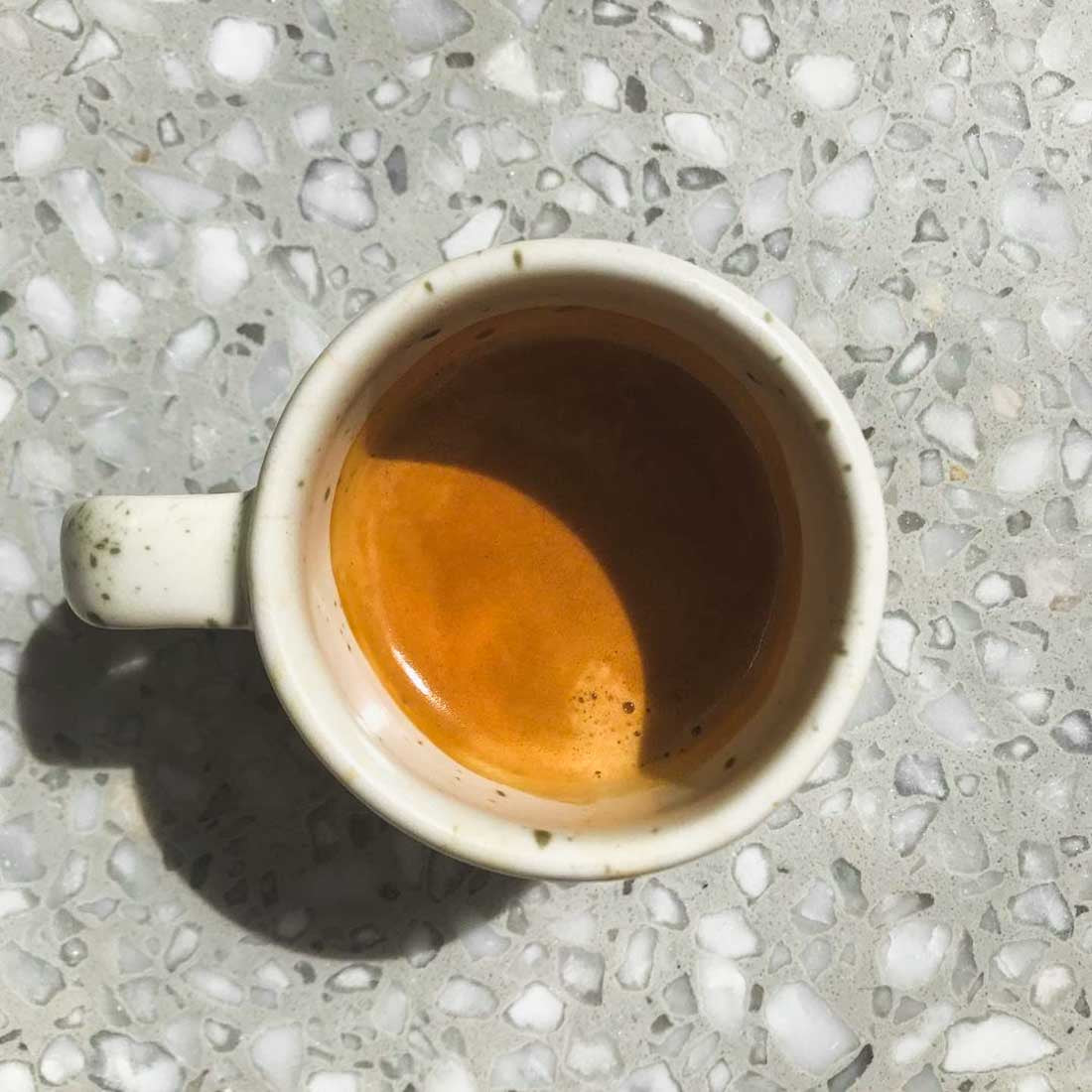
Comments
There are no comments.
Your comment